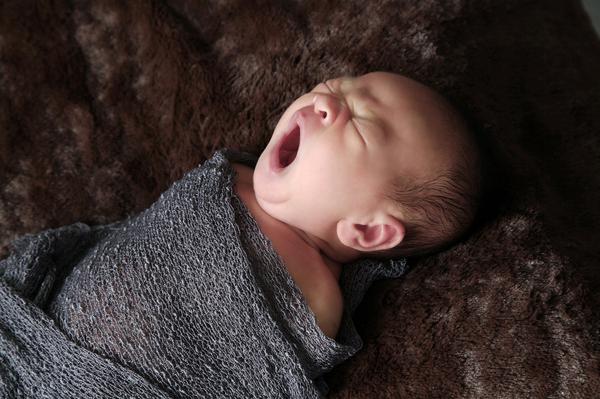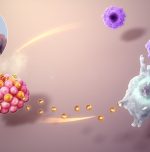Jaundice in newborns

Newborns facing Jaundice is one of the most common problems parents are facing these days. It is a disease where the skin faces yellow coloration and the white of the eye occurs due to a yellow pigment called “bilirubin” in the skin and mucus membranes.
Babies are peculiar as they do not get Jaundice for various normal reasons. So this is called, physiological jaundice.
Bilirubin occurs with the breakdown of red blood cells which have about 80 to 100 days of lifespan in babies. In uterus, the fetus has higher level of red blood cells. Once the baby is born the usage of lungs will make the baby not need as many red blood cells to oxygenate the body. The cells breakdown and causes a lot of bilirubin to form in a fat soluble or unconjugated form which cannot be excreted. They are converted to a water soluble form and excreted by liver. If the immature liver cannot process bilirubin fast enough it will cause infantile jaundice.
The following are common reasons for jaundice in babies:
- Prematurity
- Low birth weight
- Trauma associated with delivery if baby is bruised.
- Cephalhaematoma (a swelling over a section of the skull that feels very soft to touch
Blood group maternal- infant incompatibility ex: some mothers may be O negative and babies may be B+ve – these sort of combinations cause jaundice to appear much more quickly than 2 days after birth.
Phototherapy is used to treat this. The baby’s skin is exposed to light. Blue and white florescent lights are used to convert the bilirubin into a more water soluble form.
Photo by lethanhstudio (pixabay.com) on Needpix (Free for commercial use / CC0 Public Domain)
Image Reference: https://www.needpix.com/photo/1199661/baby-newborns-portrait-vietnam-the-child-child-boy-free-pictures-free-photos









Leave a Reply